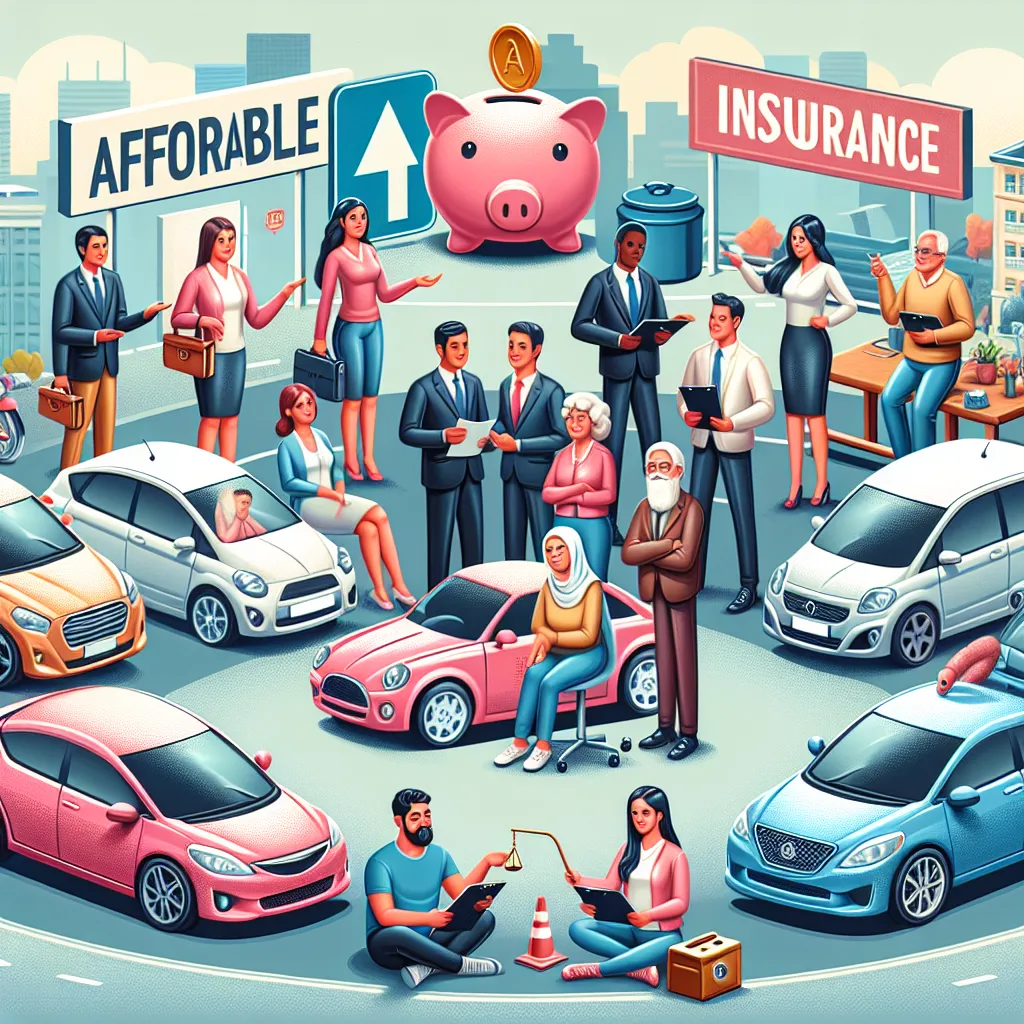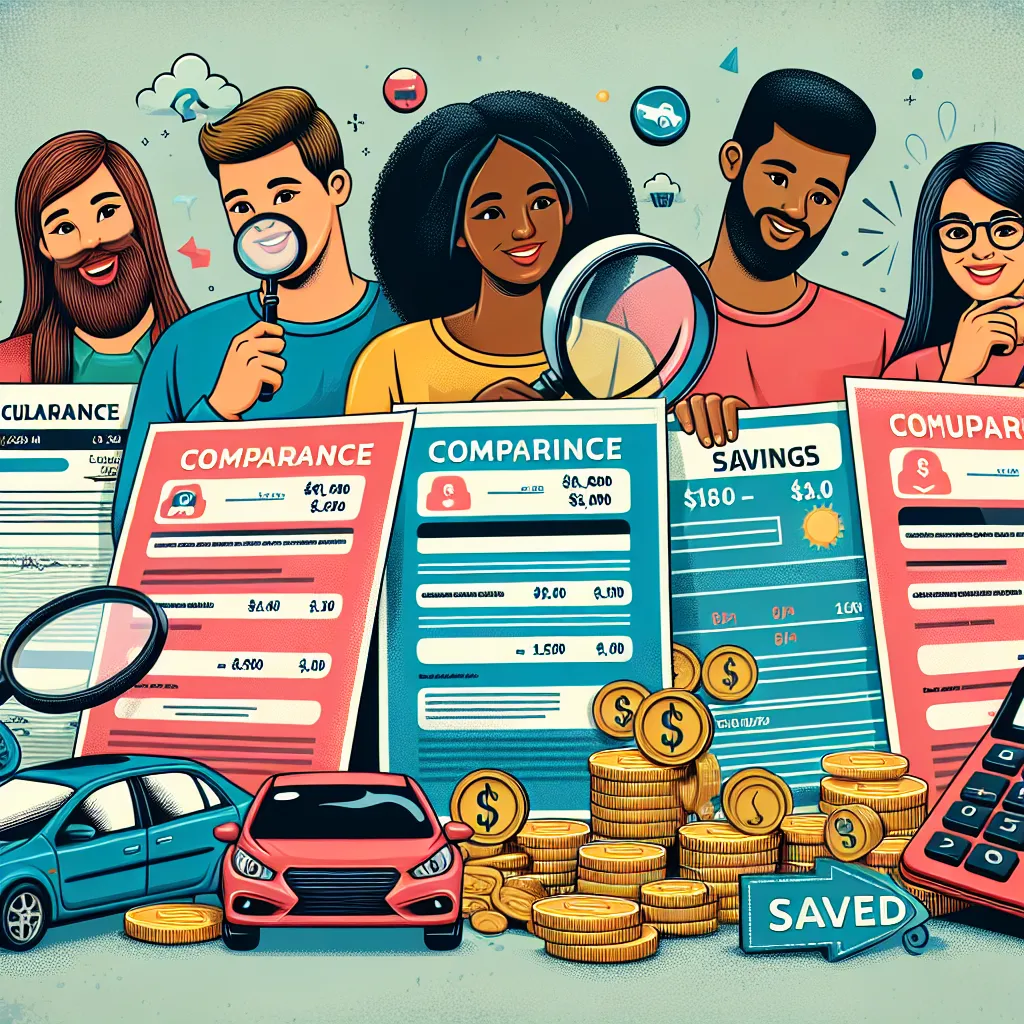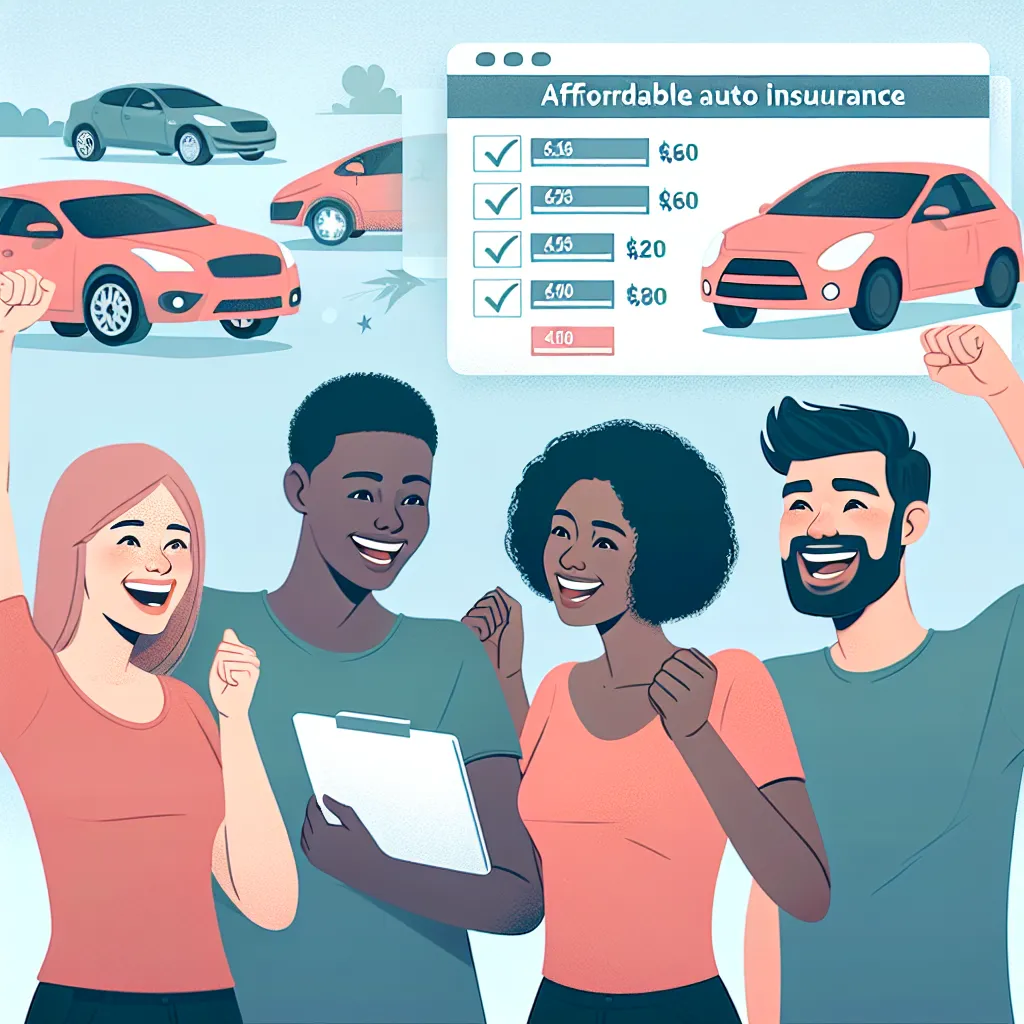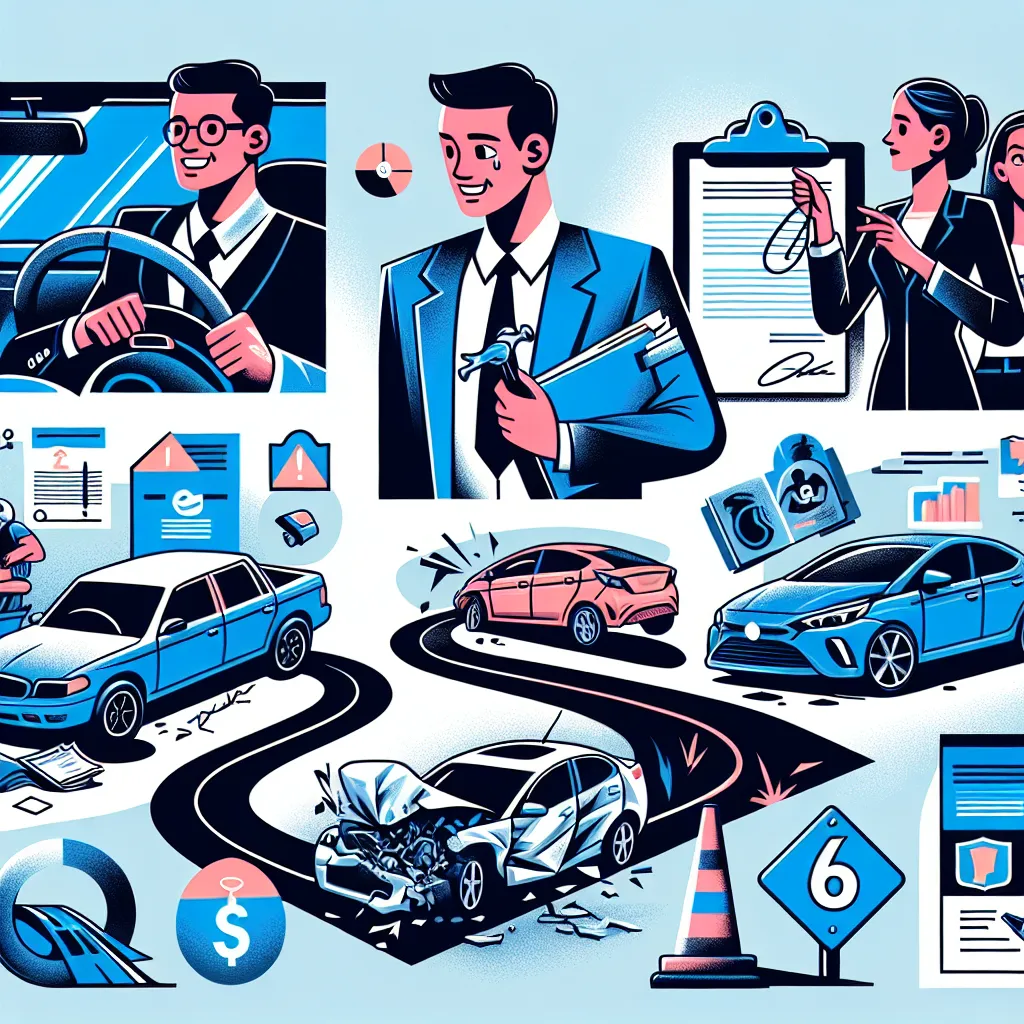Tag: Driving Record
-
Unlock Savings with the Best Affordable Car Insurance

Discover how to find the best affordable car insurance that offers great coverage at a price you can afford. Learn tips, discounts, and more! Read more
-
How to Find the Best Comparable Car Insurance Quotes

Discover how to compare comparable car insurance quotes effectively to save money and get the coverage you need. Learn tips and real-world examples. Read more
-
Understanding Your Car Insurance Expenses

Discover the true average car insurance cost, what influences it, and how to lower your premiums with practical tips and insights. Read more


